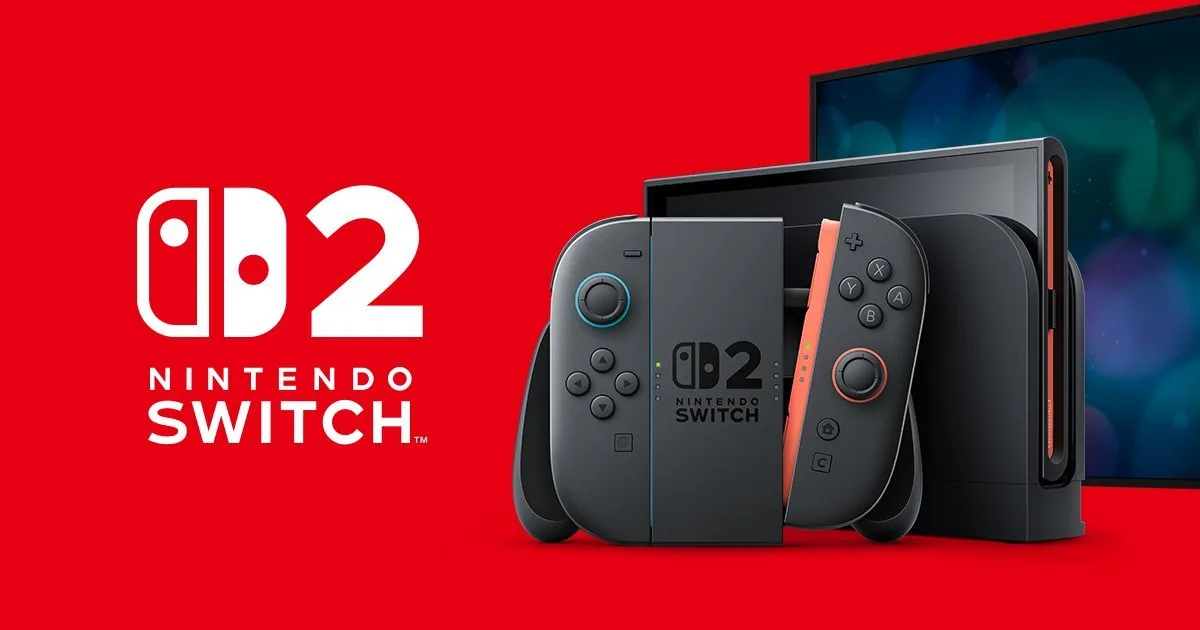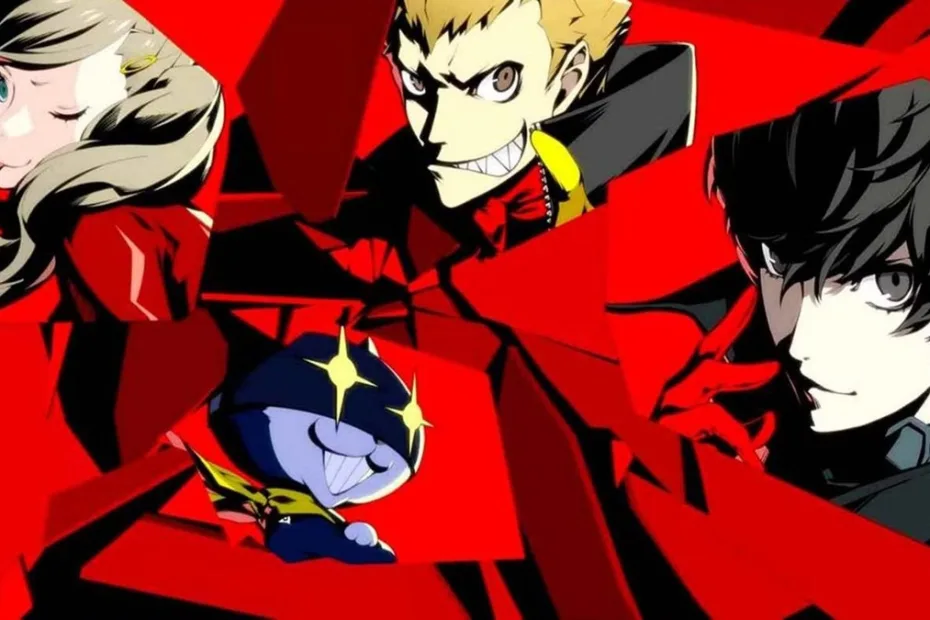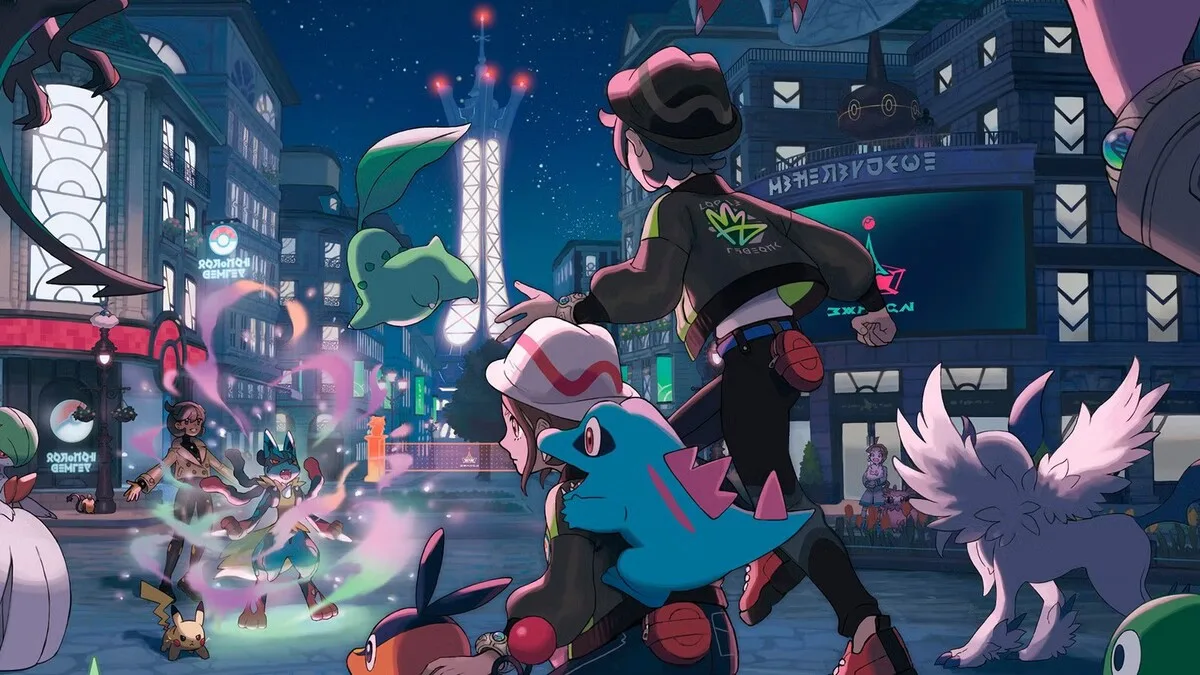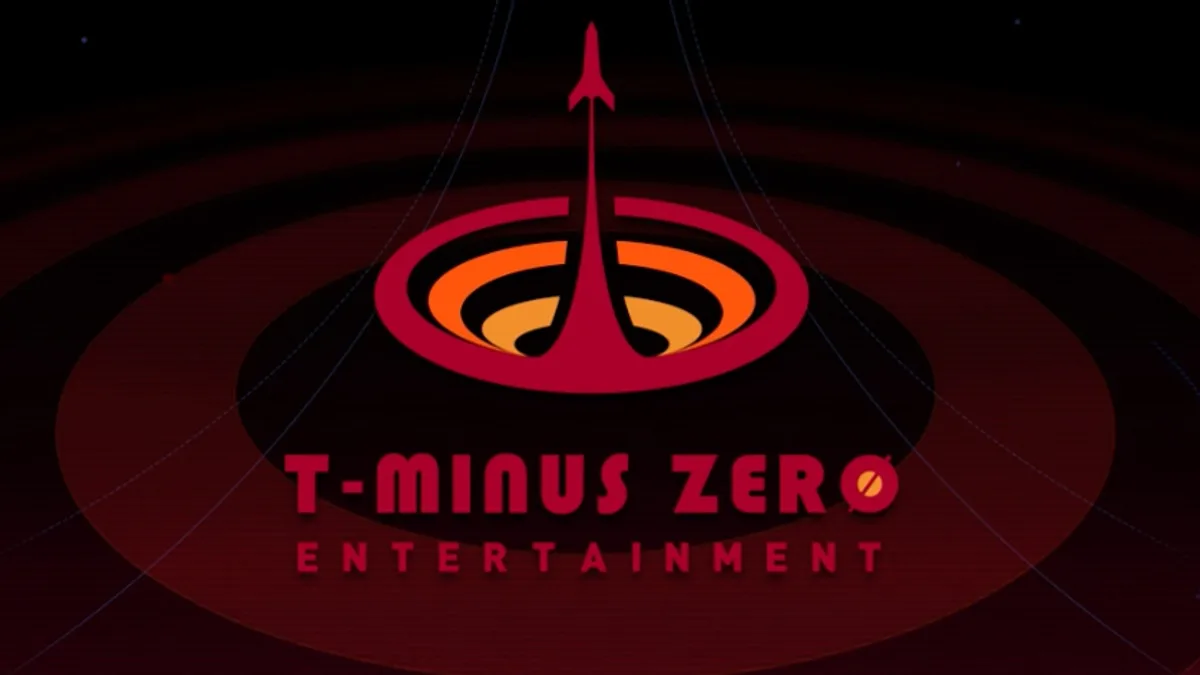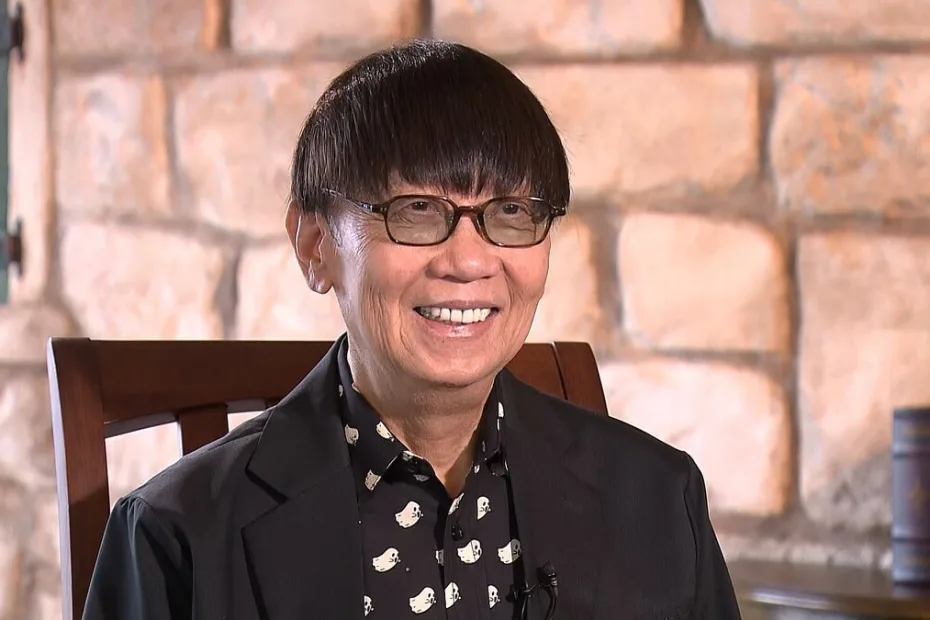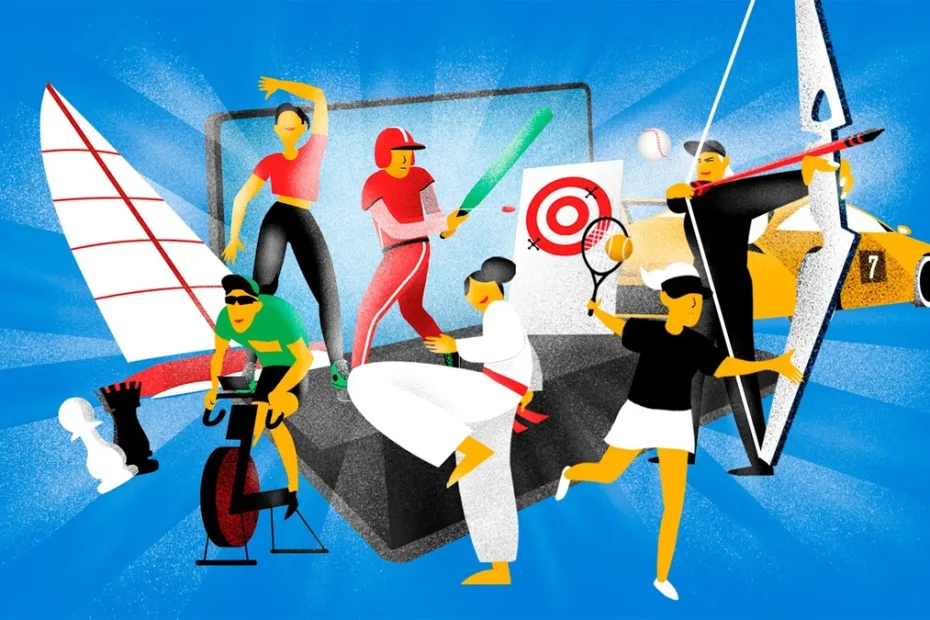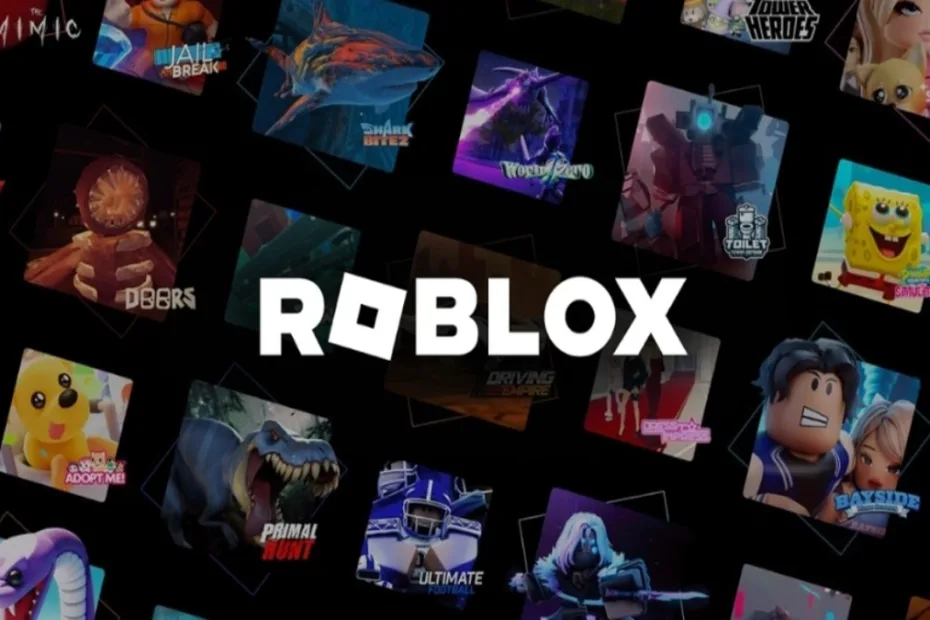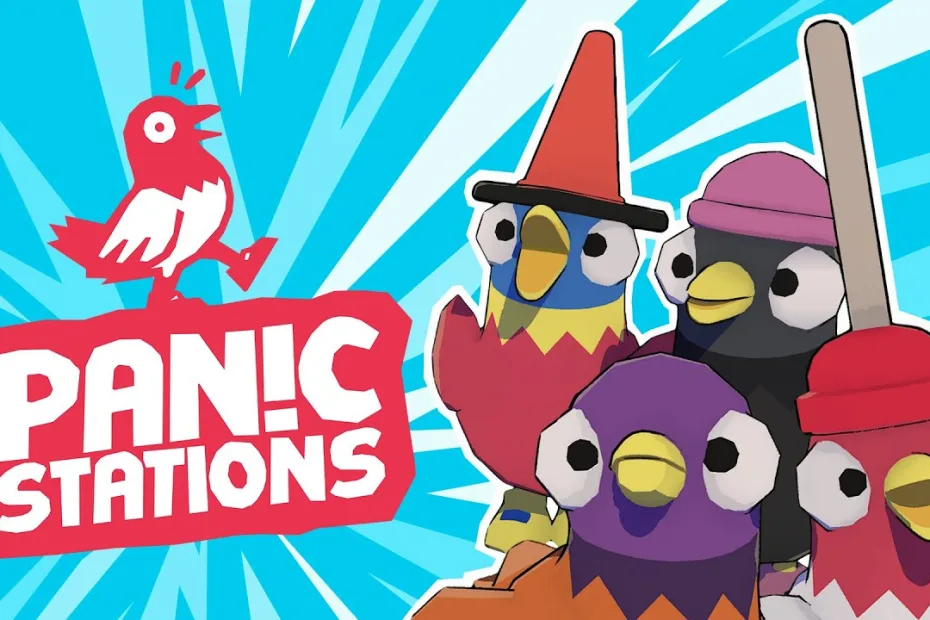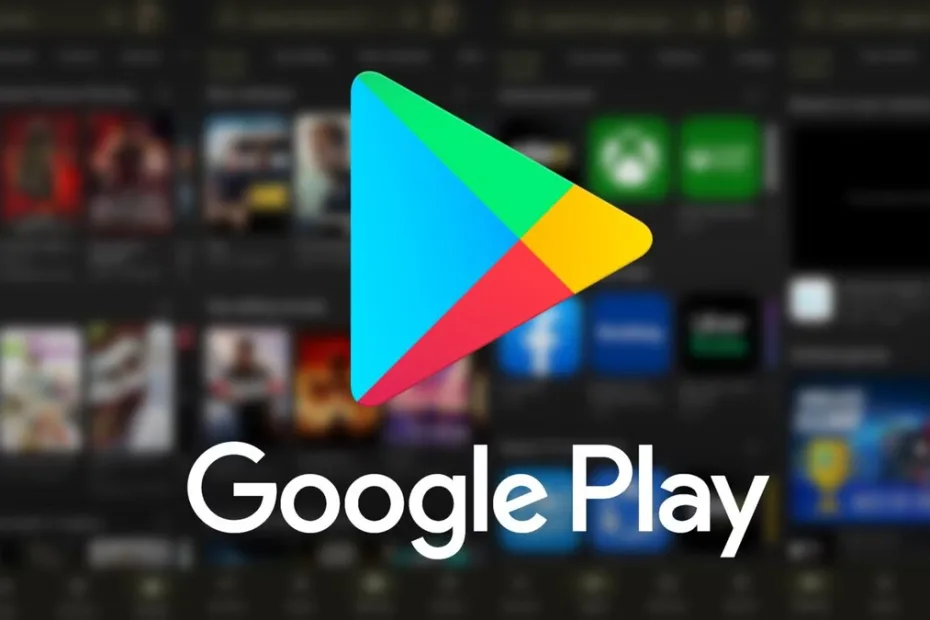
A landmarking deal was reached by Google and Epic Games
Google and Epic Games have reached a settlement that could reshape the Android ecosystem by allowing third-party app stores more freedom. This deal follows years of legal battles over app distribution, fees, and competition, and… A landmarking deal was reached by Google and Epic Games
